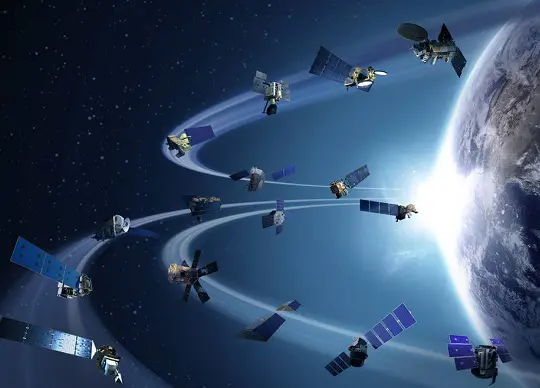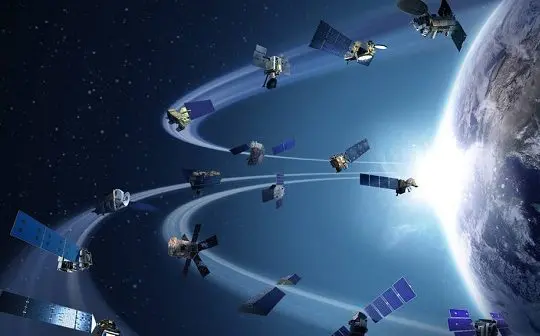
NASA has long been in the business of pushing the boundaries in space, science, and aeronautics. More recently, NASA has moved into the commercial space sector. That sector generated US$366 billion in revenues in 2019. Much of that revenue came from sources such as NASA. With NASA stepping up its push into the commercial space sector, that spend looks set to continue.
While moon landings, missions to Mars, and deep space grab the headlines, closer to home is where the bulk of the commercial space activity is, and the money goes. NASA is working to develop a low-Earth orbit economy. The low-Earth orbit economy takes in satellites and the International Space Station (ISS).
Trying to monetize the ISS is one of NASA’s plays in the commercial space industry.
“This goes all the way back into the days of the shuttle where we launched commercial communication satellites,” said Commercial Space Utilization Manager Mike Read in a 2019 interview.
Last year, NASA partnered with Axion Space, a Texas-based company with aspirations of developing its own commercial space station. NASA is using Axiom to develop a habitation module that can attach to the ISS and be used on a commercial basis. That first module should be attached by 2024.
It’s a great learning curve for Axion. One day, NASA might make some money out of the deal too. But NASA’s interest in commercializing low-orbit space is more about it saving money than making money.
With its legacy infrastructure, deep pools of experience, and government backing, NASA has advantages private space businesses cannot compete with. But the United States Government has other demands on its financial resources besides NASA. Mike Read says NASA needed to look beyond the government for funding. He says NASA’s forays into the commercial space sector are “totally self-serving” and designed to support deep space and moon missions.
NASA’s Achilles heel is its governmental DNA and lack of agility. That’s something you could never accuse private space businesses like Axion and SpaceX of. SpaceX is already delivering small satellites into low-altitude orbit for a variety of customers. If NASA cannot beat the upstarts when it comes to agility, it may as well join them.
From spacesuits for astronauts to crews to resupply runs to satellite launches, NASA is teaming up with private space businesses to get faster and cheaper results. The other party can lean in to benefit from NASA’s expertise and resources. After all, NASA is a giant in the space business.
“NASA’s goal is to achieve a robust economy in low-Earth orbit from which the agency can purchase services as one of many customers,” NASA when explaining its interest in the commercial space sector.
“A robust commercial space economy ensures national interests for research and development in low-Earth orbit are fulfilled while allowing NASA to focus government resources on deep space exploration.”
SpaceX is another commercial space business NASA partners with. In one of many agreements with them, last month NASA picked SpaceX to provide launch services for its Power and Propulsion Element (PPE) and Habitation and Logistics Outpost (HALO) projects. Both are now due to launch in mid-2024 using a Falcon Heavy rocket. PPE and HALO are parts of the Gateway project. Gateway will be a long-term orbiting outpost around the moon and a jumping-off point for Artemis, an ambitious vision to explore deep space.
It all comes back to NASA’s abiding interest in deeper space. Commercialisation is simply a means to an end for the space agency. NASA may make some money along the way, but their primary interest is to save money on low orbit grunt work. That will help make big-picture missions like Artemis possible.





